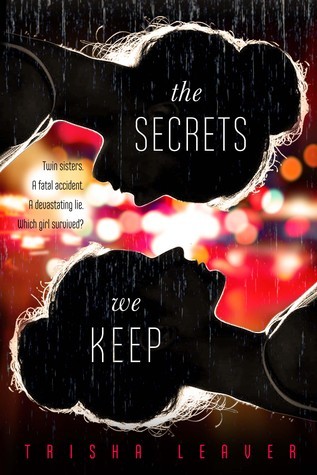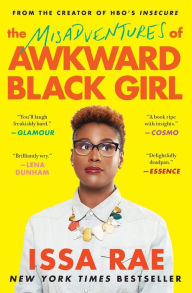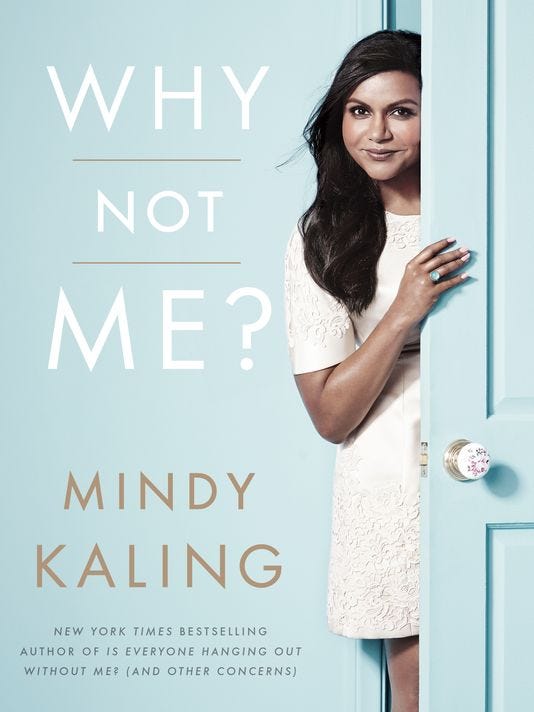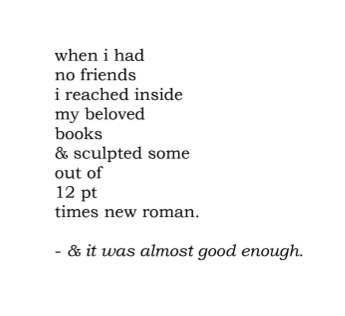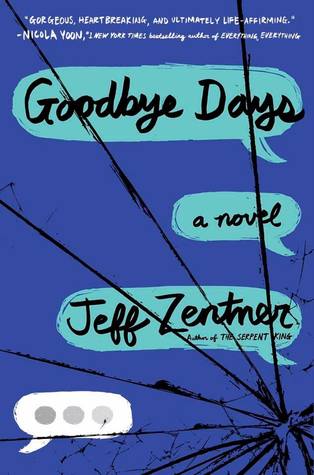 As I mentioned in my review of Yellow Owl Workshop's Make It Yours here, I have always been into crafts. I was the kid who would rather receive a gift card to Michael's than Toys R Us any day. So, that, combined with my deep-seated love of graphic novels (especially the offbeat ones published by :01, the publisher of the Crafty Cat series), led me to request a free review copy of Crafty Cat And The Crafty Camp Crisis by Charise Mericle Harper and see how these two interests of mine would mesh. Note: The Crafty Camp Crisis is actually the second book in the series, but it is easy enough to pick up and follow along without having read book one. I didn't have access to the first volume, myself, and I was able to track with the story in volume two just fine.
As I mentioned in my review of Yellow Owl Workshop's Make It Yours here, I have always been into crafts. I was the kid who would rather receive a gift card to Michael's than Toys R Us any day. So, that, combined with my deep-seated love of graphic novels (especially the offbeat ones published by :01, the publisher of the Crafty Cat series), led me to request a free review copy of Crafty Cat And The Crafty Camp Crisis by Charise Mericle Harper and see how these two interests of mine would mesh. Note: The Crafty Camp Crisis is actually the second book in the series, but it is easy enough to pick up and follow along without having read book one. I didn't have access to the first volume, myself, and I was able to track with the story in volume two just fine.I wasn't a big fan of the cover design. Though I liked how it featured both Birdie and her alter ego, Crafty Cat, and I thought it was cute that the title and author were displayed in dialogue bubbles, there was too much going on at once, with too many small details and not enough larger images, and the chaos got in the way of using the cover to gauge an overall mood or theme for the book.
However, the cover does give a good representation of the illustration style used within the text. The pictures have simple lines and a palette of only a few colors, and they look as if a child (albeit, a talented one) would've drawn them, giving an air of youthful fun. One of Harper's strengths is conveying facial expressions, and I noticed her characters eyes and mouths always seem to show very effectively how that person is feeling, which should help younger kids who aren't strong readers use context clues to read the dialogue. Also, the text is difficult to read in some graphic novels, so I appreciated that it was a little larger than normal and clearly legible here, as kids this young would probably simply give up, rather than trying to decipher print that was too small, or a font that didn't quite look like the lettering they're used to.
As one would expect of a graphic novel for 6-10 yr olds, the plot is kept relatively simple. Birdie (aka Crafty Cat) and her best friend Evan are excited to attend Monster Craft Camp at their school over the summer until Birdie's archnemesis Anya, a classmate with a bad attitude and a tendency toward mean-spirited actions shows up and does whatever she can to ruin the craftsperience Birdie has been eagerly anticipating.
Because of some specific choices about the way Harper told the story, I had trouble getting into the book from the very beginning. The way the narrative begins with an illustration of the earth, then with several panels of Crafty Cat assembling her craft supplies on the way to her first day of Monster Craft Camp struck me as odd. Wouldn't they have craft supplies there? I kept wondering that, and it pulled me out of the story. Also, near the beginning, Harper began using the convention of inanimate objects or animals talking, either to comment on the story, or to interact with the characters directly. (The first instance is a talking tulip saying something that adds absolutely nothing to the story. Then, there are birds on the roof, whose dialogue also does nothing to enrich the narrative. And, finally, there's a cloud. Its presence seems to have a purpose, and it actually interacts with Birdie, but their conversations don't make much sense, and quickly become annoying.)
More bothersome--and less about personal and stylistic storytelling preferences--was the way Birdie, who is supposed to be a kind, empathetic protagonist, pigeonholes the school custodian who is leading craft camp. This character isn't even given a name, and Birdie initially refers to her as, "the lady janitor." The character then responds that custodian is nicer than janitor, and that they can call her C.C. for "crafty custodian." ...really? So, just because somebody keeps a school building clean for a living, that means she doesn't get a name!? I think this is an offensive message to send the young kids to whom this book is targeted, especially because they're very likely to engage with custodians at their schools. Additionally, Birdie is dismayed to find that C.C. will be leading the crafting sessions, imagining that all of their crafts will be made out of cleaning supplies like mops, buckets, sponges, and gloves. That was an ignorant thing to include. Though Birdie doesn't mistreat C.C. and does show her a gesture of kindness at the end of the story, the book never addresses how Birdie judged C.C. for her blue collar job at the beginning of the narrative, which I felt sent entirely the wrong message, and was a missed opportunity to show some character development and make the protagonist more dynamic.
I did like how Harper showed an illustration of Crafty Cat turning back into Birdie as she exited her room on the way to Camp early in the story, though. I thought it might be helpful for younger children who are reading the book to understand the concept of an alter ego, even if that term is never used. I also appreciated how Birdie's best friend Evan seems to be a very energetic little boy who can almost behave in what's supposed to be a low-key crafting environment (which provides nice comic relief), and that Evan comes through for Birdie when it matters.
Also, after the story ends, the book includes a section with detailed illustrated instructions for making the five crafts featured within the narrative. This is a fun feature, especially for kids who picked up Crafty Cat in the first place because they love to do crafts themselves. However, it would be more useful if this section had been made so the instructions were pull-out cards, or if the book binding allowed the pages to remain flat when opened, as I can imagine 6-10 year olds struggling with keeping the pages open to the craft instructions while attempting to cut and glue.
Ultimately, because of the lackluster storytelling, the offensive, ignorant depiction of C.C., and the frustrating practical problem of how to keep the book open while using the crafting instructions, I don't recommend Crafty Cat and the Crafty Camp Crisis.




